A hacker’s dream: Olympus debuts hackable Micro Four Thirds camera at Japan Hackathon!
posted Saturday, January 10, 2015 at 8:57 PM EDT
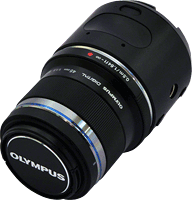
Hackers rejoice! Thanks to Olympus, there's finally official camera-company support for the hacker mind-set, including not only an official Software Developer's Kit (SDK), but 3D design data as well! It's not quite here yet in the US or other parts of the world, nor is it clear that the core element is available at retail yet even in Japan, but Olympus has released SDK and design data and sponsored at least one "Hackathon" in Japan around the concept.
Last month, we told you about Olympus Japan's interesting Open Platform Camera project. At the time, it wasn't really clear exactly what the goal was, or what products might come out of it, but after a closer look at -- and translation of -- the website for the project, what we've found is something that's very exciting indeed, and not just for prospective camera hackers!
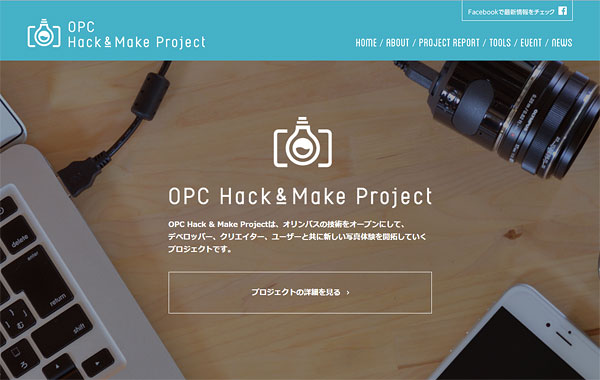
While it doesn't yet appear to have been opened to participants outside Japan, the project has at its core a lens-style camera akin to Sony's QX series, which have proven popular with smartphone owners looking for better image quality without having to move to a completely different device. At the heart of the system is a 16-megapixel 4/3"-type Live MOS image sensor as used in the company's Micro Four Thirds camera line. And on the front of the unnamed prototype camera is, indeed, a Micro Four Thirds lens mount, implying that the full range of Micro Four Thirds lenses will be available for your hacking enjoyment. The device communicates with an Android or iOS smartphone via Wi-Fi, just as Sony's competing models do, and indeed many of Olympus' current products.
But it's the platform's open nature that has us really excited. For one thing, there's an SDK available if you're willing to provide your email address, meaning that you can write your own applications that interface with the imaging unit. The official OPC Hack&Make Project website mentions variables that can be controlled via the SDK such as exposure modes, shooting parameters, art filter and picture mode settings, and so forth.
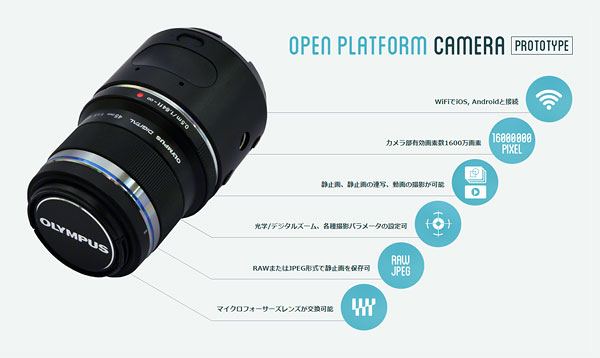
It's not clear exactly how far the SDK will go -- the project is clearly in its infancy, but it seems to us from a look at the SDK that the basic exposure variables (shutter speed, aperture, exposure compensation and ISO sensitivity) are not yet exposed as variables that can be controlled, nor did we see any mention of white balance control. We did see controls in the SDK for all of the following, though:
-
Power zoom lens focal length
-
Digital zoom magnification level
-
Still image and video capture (with or without remote live view display; the prototype camera itself has no display)
-
Live view display size (QVGA, VGA, SVGA, XGA, Quad VGA)
-
Continuous shooting (with the ability to preset the number of images to be captured)
-
Read out coordinates of current autofocus point if selected by camera
-
Set autofocus point coordinates from live view
-
Obtain / release focus lock
-
Set autoexposure metering point or area
-
Obtain / release autoexposure lock
-
Read aperture, shutter speed, exposure compensation and ISO sensitivity from the camera
-
Read camera orientation
-
Read camera pitch and roll from the level gauge
-
Read face detection coordinates
-
Read camera capture status (eg. focusing, exposure and noise reduction begun / completed)
Obviously, it would be great if exposure control was also part of the SDK, but it's worth noting that this is very early days yet, so it's possible that full exposure control may be coming shortly. (Or for that matter, we may simply have missed seeing it, as we're not programmers ourselves. If any of you are programmers, though, and find any variables surfaced through the SDK that we missed, please let us know in the comments below!)
Even without direct exposure control, there's a whole lot that could be achieved with the above. We're imagining home-made panoramic imaging setups, for example, or perhaps a security setup that automatically identifies faces and then captures a high-res photo of each visitor who passes in front of the lens. The possibilities are endless; doubly so if you can eventually control exposure, and perhaps even intercept the live view feed to do more with it than just display the results on your phone. (Robotics enthusiasts are doubtless already salivating at the prospect of being able to incorporate a large, sensitive and fairly high-res sensor into their projects, let alone one that already comes with robust face detection built-in.)
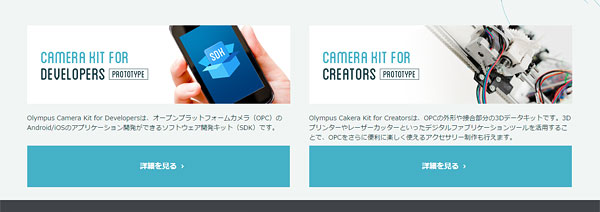
It's not just the camera's software that is open here, either; full 3D models of the camera itself, a mounting flange, and even an iPhone case-with-flange design are all available in .stl and .stp format. For a more rugged/permanent integration with your project, there's also a pair of hex screws on the camera unit's barrel, in addition to the plastic flange mount on the rear.
It should be noted, though, that the 3D model for the prototype camera body doesn't include the lens mount itself, but that's not really too surprising. One of Olympus' end goals here (as well as fostering a community that will develop new ways to use its cameras) is to sell lenses. Giving away the keys to the kingdom with a 3D model of its proprietary mount might not further that goal. (On the other hand, Sony has done very well by openly sharing the specs for their E-mount with outside developers, which has led to an incredible variety of third-party lens adapters being created for that system.) There's certainly more than enough to enable incorporating the prototype into much larger projects, but we do hope that Olympus will open at least the mechanical specs for the Micro Four Thirds mount as well. (This would probably have to be a joint decision with the other members of the Four Thirds/Micro Four Thirds coalition, though.)
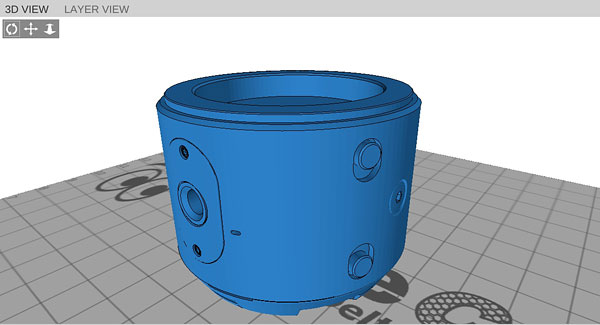
Each model is available in STL and STP format, and rendered for us without any problems in the software IR publisher and founder Dave Etchells uses with his own SeeMeCNC 3D printer (he has the Rostock Max model, and highly recommends it as an option for the those interested in building their own). Above and below are screenshots showing each of the models in that software, and if we can get a moment in the post-CES Show madness around the Imaging Resource offices, we'll try and 3D print copies of the models ourselves, and share the results in an update to this article. (Partly so you can see what they look like -- this is, after all, a 3D model of the prototype camera -- and partly because it would be an excuse for Dave to play with his 3D printer. ;-)
(UPDATE: We've now printed out a 3D model, and shot a video walkaround taking a look at the model with and without lenses "mounted" -- there's no actual mount in the model, but the lenses still fit. See our newer article for the video!)
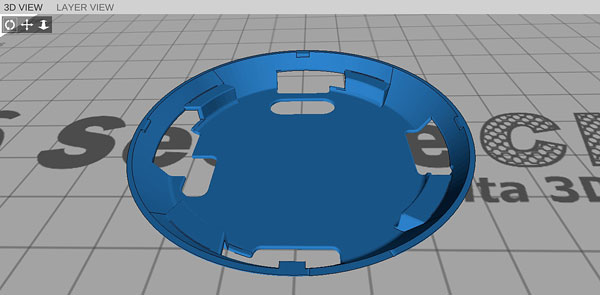
If you're in Japan, there is yet another layer to this onion. Beyond just the availability of an SDK and 3D models, Olympus has also hosted at least one "Hackathon" at which members of the programming, 3D printing and photographic communities were invited to get hands-on with the prototype camera, and to come up with interesting projects of their own, and it appears that others will be happening fairly frequently around the country. You can see the results of past OPC Hack&Make hackathons (in Japanese, of course, but there are plenty of photos) in a Project Report section of the OPC Hack&Make Project website. These sound like a lot of fun; Oympus apparently provides 3D printers for the events, so participants can create fully-formed systems on the spot!
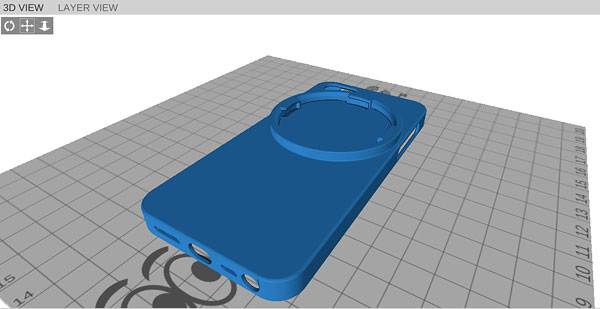
Perhaps the one that stood out to us as the coolest was a self-controlled, rail-mounted camera which seems to be remotely controllable not just via a smartphone, but also via a physical joystick, much like that on an arcade machine. There were more than a few others, though, ranging from the wacky (a wearable costume complete with laptop and photo printer built-in) to the real-world (a remote-controlled spy camera that can be tucked away in a corner, out of view.)
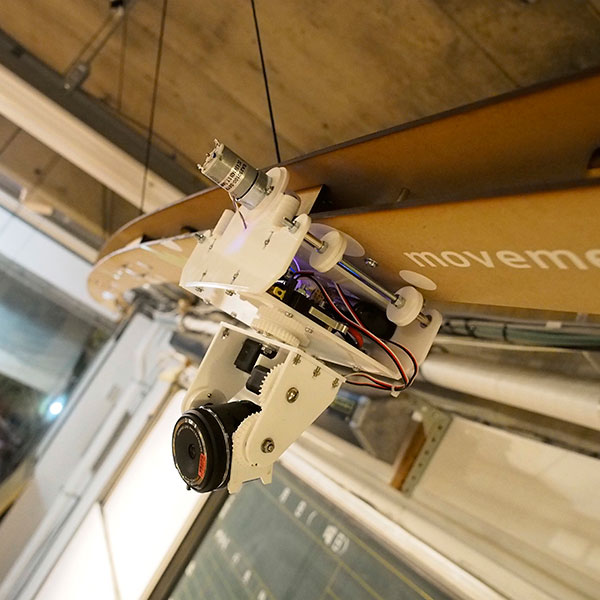
So where will the Olympus OPC Hack&Make Project go; will it ever result in a retail product, and if so will it stray beyond Japan's shores? Right now, that's not clear, but we're certainly hoping it does. As has been shown in the past by projects like the third-party Magic Lantern firmware for certain Canon cameras and the long-running CHDK (Canon Hacker's Development Kit, a completely unofficial but quite robust hacking environment for controlling many Canon cameras), hackers clearly have plenty to give back to the community, and their creations can become surprisingly polished and versatile.
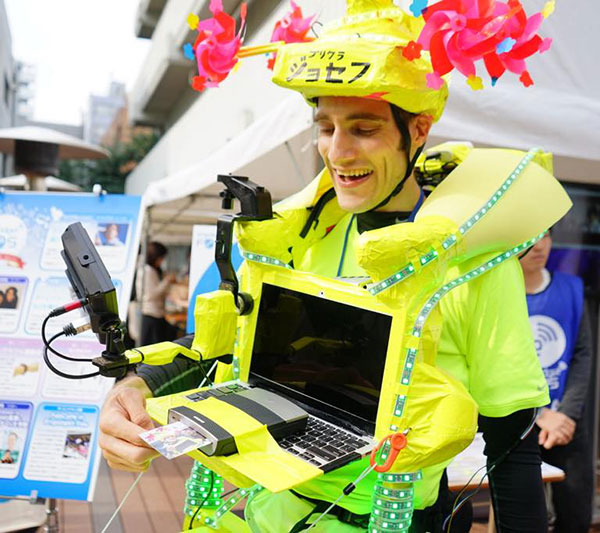
As cool as Sony's QX-series cameras are, they're relatively limited in terms of what can be done with them. The Olympus OPC Hack&Make Project promises to take things to an entirely different level, one where the users' own imagination is the only limiting factor -- and we can't wait to see what surprises the user community has in store if or when this intriguing open platform, hackable camera makes it to retail!
Big kudos to Olympus for reaching out to the hacker community like this; it's a huge step out of the closed mind-set that's been rampant in the camera industry for so long. We can't wait to see the innovation and creativity this will lead to!